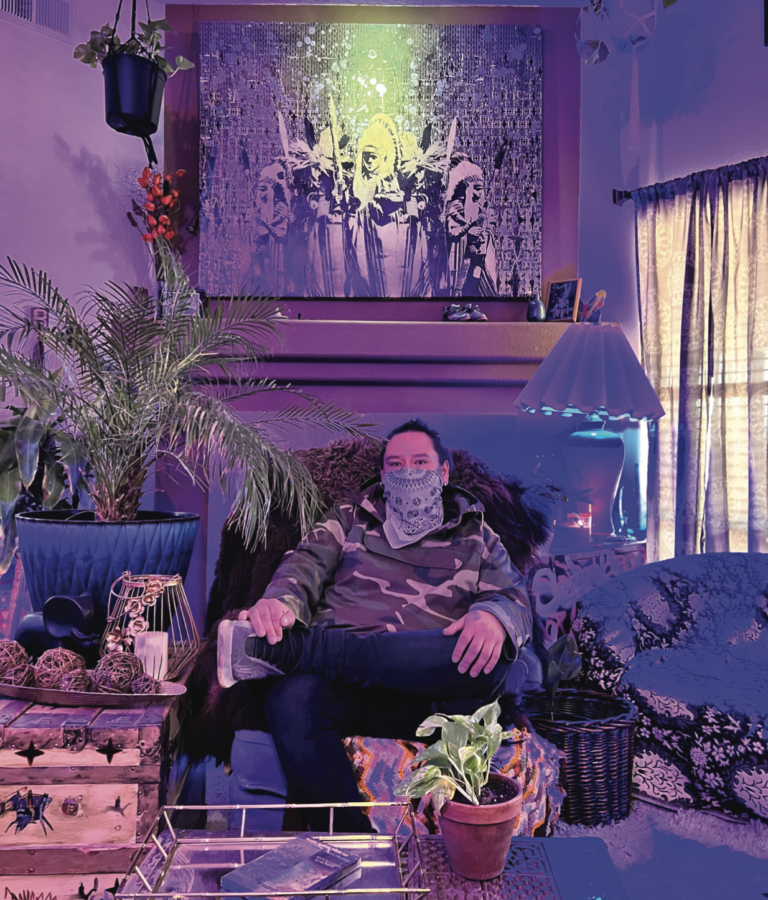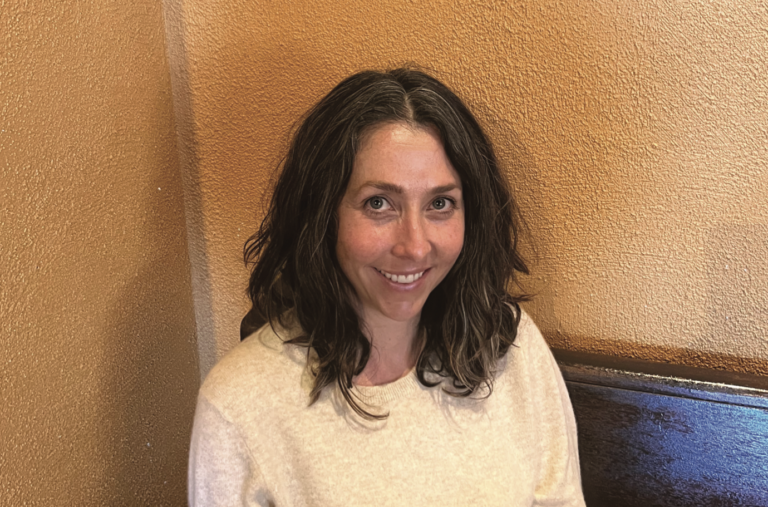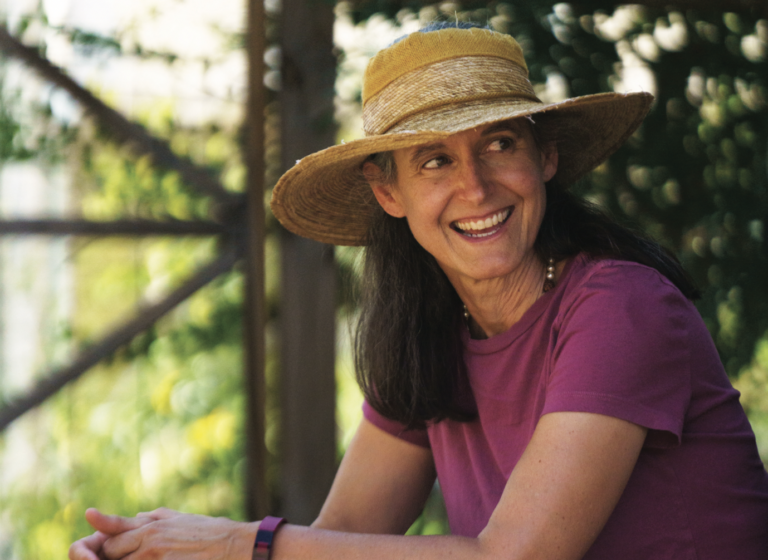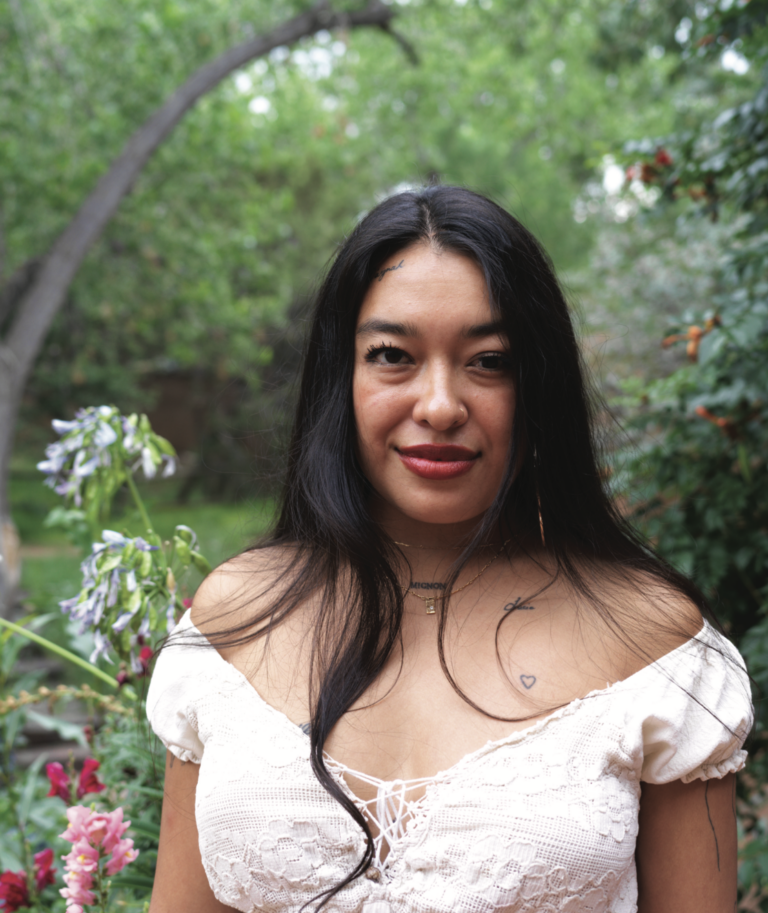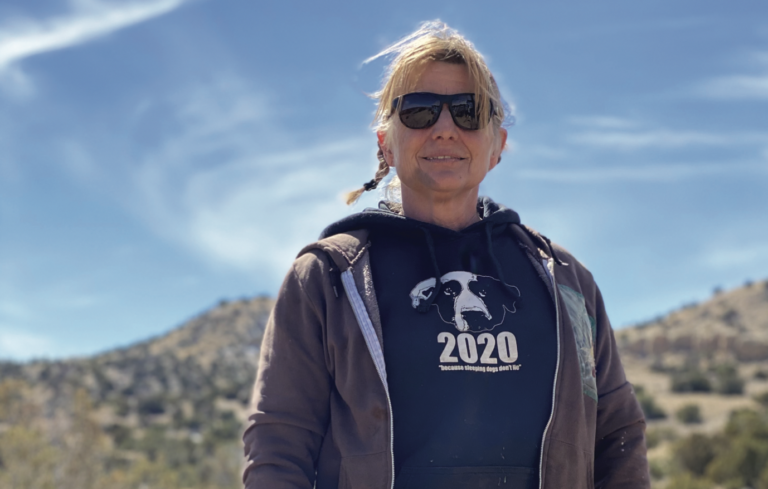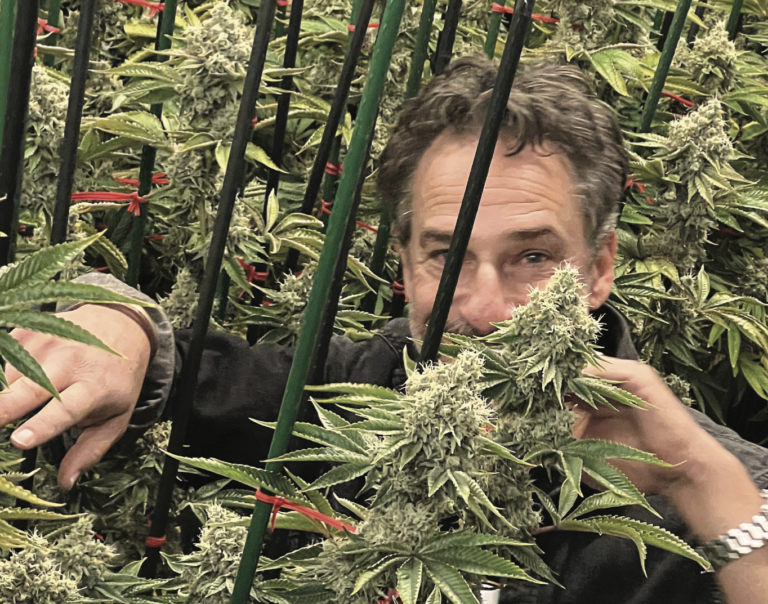PHILLIP TUWALETSTIWA joined Anna Sofaer at Chaco to make scientific surveys of her findings. After her initial discovery, many in the archaeological community noted that she was “just an artist” and didn’t take her findings seriously. That annoyed Phillip, and he set out to prove she was right.
How did you get involved with Chaco Canyon?
I was a deputy director with the National Geodetic Survey. Geodetic science determines the size and shape of the Earth. There’s a lot of geophysics and astronomy involved.
I was also a member of the American Indian Society of Scientist and Engineers and I heard about this woman who was going to speak at one of their meetings. I went.
It was Anna Sofaer and she was talking about her findings at Chaco. I was totally enthralled – she was talking about how during the winter and summer solstice, the sun aligned to create daggers of light bisecting circular petroglyphs. She also said the moon’s shadow was aligned to the structures over its 18-year cycle. This was between 800–100 AD and lunar cycles were not very well understood at this time.
This was quite a discovery. Marking the sun and the lunar cycles takes a lot of engineering. If I gave someone the task of creating a fairly simple structure that would mark solstices and equinox, but also would mark the major and minor standstill in the moon, they would have their work cut out for them.
At the same time, the reception of these ideas was not a good one. Anna was mistreated terribly by some very, call it “macho” type archaeo-astronomers. She was also an artist, and they didn’t like that. But Anna Sofaer, then and now, has a remarkable, intuitive way of seeing phenomena around her. She found this and they didn’t. And their response was venomous. And I didn’t like that.
And I thought, God damn, this woman has made it a discovery that is so significant, I’m going to help her. I felt it was really important for Native American young people to know that their ancestors had the ability and the knowledge to do something this remarkable.
I took a small team and we measured all of the alignments of the building. We went out at night and measured everything, 16 positions and 32 observations of everything. And she was right. But now it was the National Geodetic Survey saying she was right. That’s like a Good Housekeeping seal of approval. You can’t argue with it.
She was finally proven right, but Anna was the Lone Ranger for a long time.
How did the Chacoans know how to do this?
You want the Tuwaletstiwa theory? When Chaco was in its very beginning stages in the 800s, these folks had just come out of the basket maker stage, they were still living in pit houses, they were agricultural people. And agricultural people have the solar cycle nailed. They were also astute observers of the stars. They knew, for instance, that the morning star appears around May 15, and it’s OK to plant because there’ll be no more killer frost.
So it makes sense they understood the sun and stars. But the moon? Why would they care? Only maritime societies care about the moon because it affects the tides. But they’re inland.
Now in Mesoamerica, the Mayans were inland and were very interested in eclipse. They liked to predict the eclipses. They understood the lunar cycle.
Interestingly, just about this time – the 800s – it got pretty hot down there in Mesoamerica. A lot of fighting, and chaos. And the only direction these people could escape was to the north. To New Mexico.
In Chaco there were great houses, where the elite, the special people lived. They were better fed, they were taller, and they were in charge. In these great houses they found cacao. Well, there was only one place to get cacao. Far, far down in Mexico – Mesoamerica. the cacao was kept in special cylinders that implied that it was for ritual. They weren’t making milkshakes with this stuff.
On the other hand, Mesoamericans had a writing system, a phonetic system that there’s no evidence of that in Chaco. Odd.
Who were the Chaco people?
The Zuni, Hopi, Zia, and Laguna would all claim ancestral ties.
In the early 1900s, they did excavation out of room 33, one of the great house rooms, and they found what’s called a high-status burial. They found the remains of two men, buried with an abundance of turquoise. They were both very tall and both had the backs of their heads smashed in. Well, I’m half Hopi; I had my DNA sampled through a university, and it actually matched those two guys. So we know Hopis were there.
Why do you think Chaco was abandoned?
There are a lot of unanswered questions about Chaco.
We don’t know what language they spoke. We don’t know what their social organization was. We don’t know much about their religion. We don’t know how they could govern a territory the size of Ohio, that goes from Flagstaff to I-25 north in southern Utah, down to the I-40 corridor. How could you govern that size of land for 300 years?
And why did they pick Chaco? You can’t grow crops there. Corn found in Chaco actually came from surrounding areas.
So we don’t know. I think there was some kind of social unrest. Something wasn’t working. Maybe the persistent drought caused problems for the leaders, when they couldn’t produce crops for everyone. Maybe internal societal conflicts. That’s happened repeatedly with the Hopis.
So a lot of people feel Chaco should be left alone. We shouldn’t visit or write about it. There are bad spirits there. Do you believe that?
No. But look, they were there for 300 years. Did bad things happen there? Hell yes!
There’s a story handed down by the Navajos about The Gambler. He lived in Alto and apparently he enslaved the people in Chaco and forced them to build the whole thing. Just one very powerful person.
Pueblo people, though, thought these people were very, very clever and could control weather and they got, as they say, too big for their britches.
Me, I think sometimes these theories take away from the fact that there were amazing scientific achievements by the people in Chaco. They were damn good astronomers. You can’t ignore that.
Don’t do a disservice to Native people by speculating on whether they were witches or what the “dark side” was. I mean should we close Mount Vernon because they all had slaves?
So the speculation about “magic” or “spirits” is almost like a way of discrediting their achievements.
I don’t think it’s on purpose. But I think people get…what would you call it? Paranoid.
Learn more at SolsticeProject.org
Photo SFM



